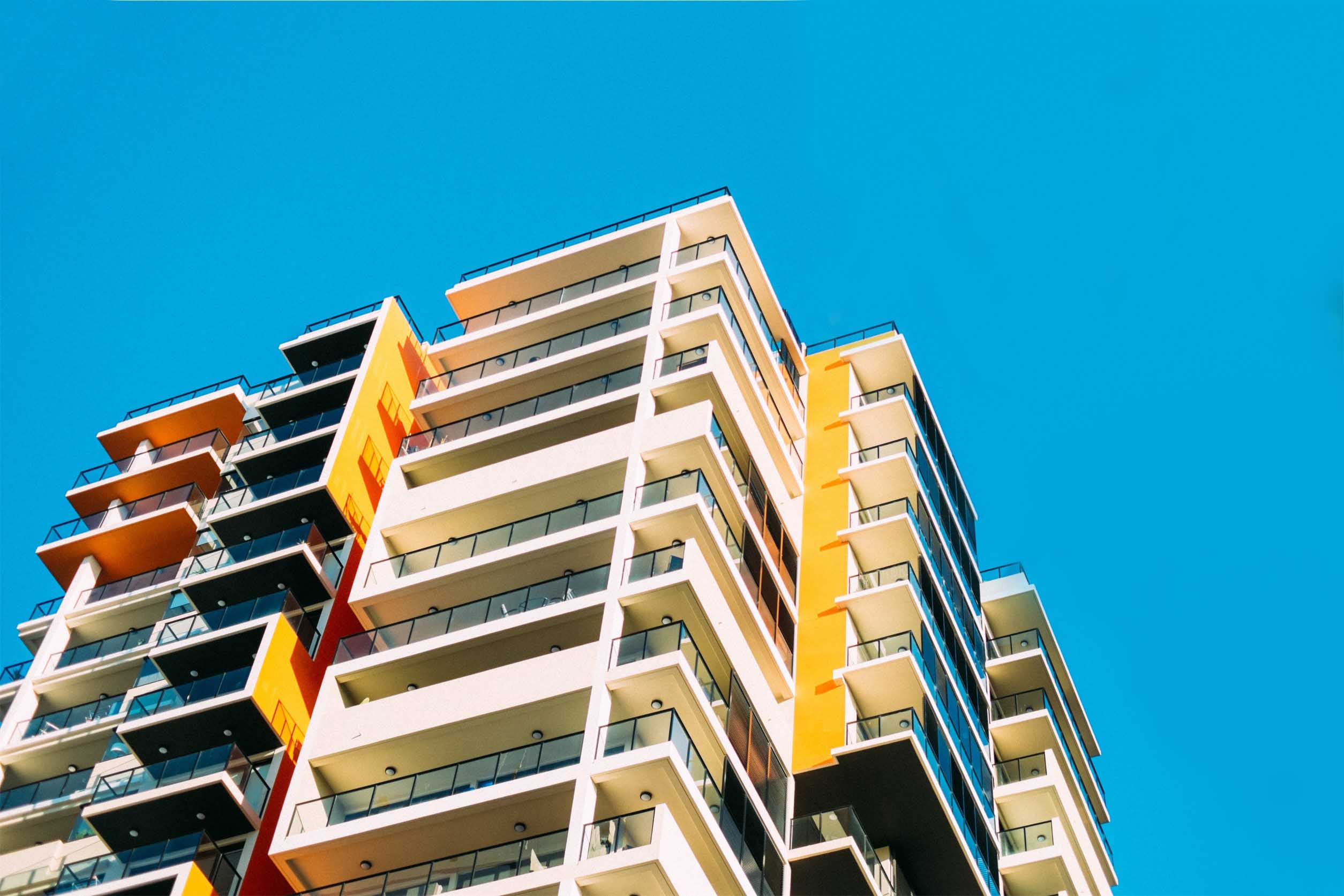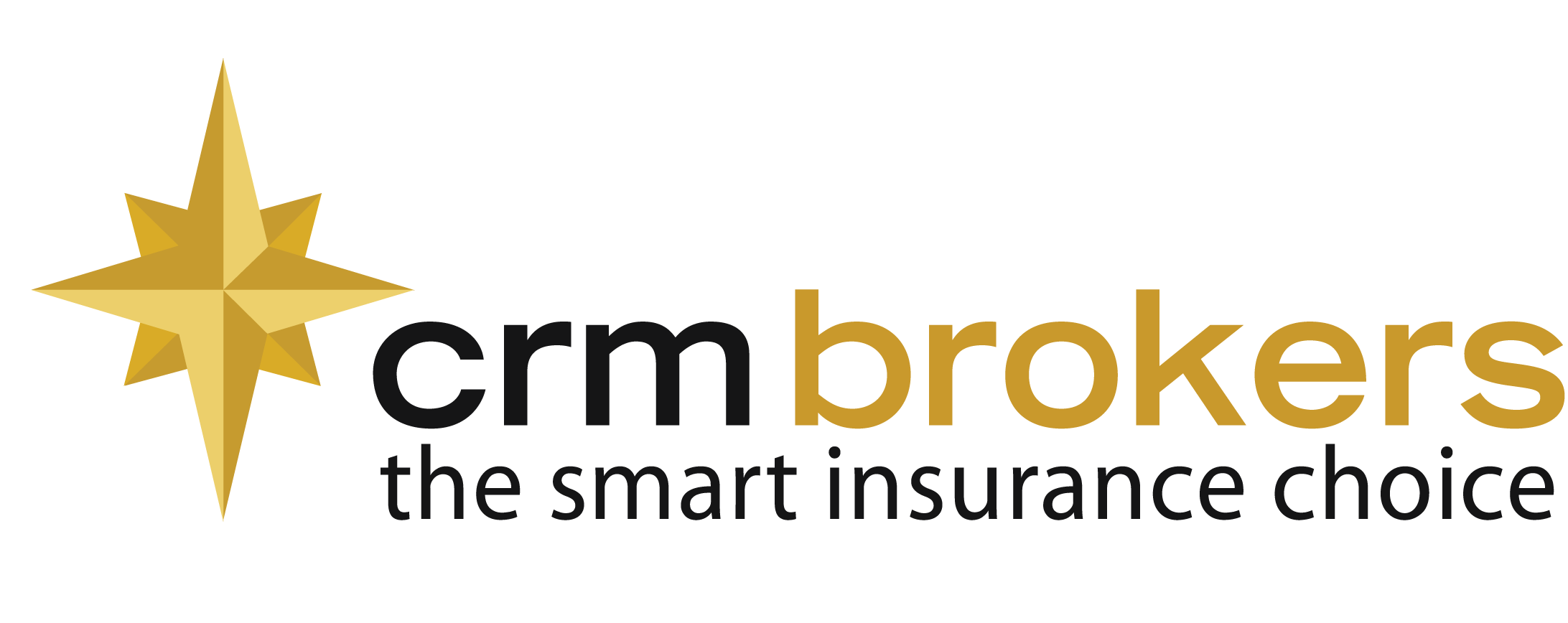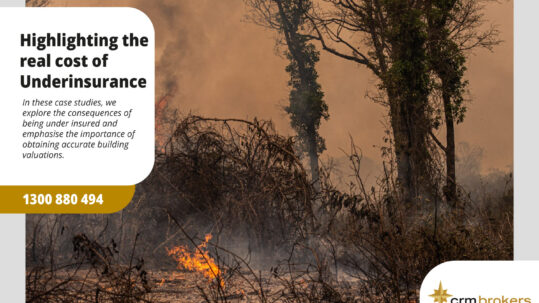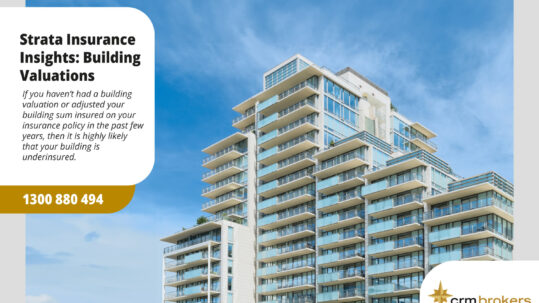
20 Jun Fire Risks and Aluminium Composite Panel (ACP)
Fire Risks and Aluminium Composite Panel (ACP)
In recent years, there have been several incidents, both locally and internationally, that have brought the use of ACP (aluminium composite panels) into the public spotlight. The Lacrosse Building in Docklands Victoria and the Grenfell Tower in London have highlighted the devastating fire risk associated with using non-compliant external cladding materials in building construction.
What is ACP?
ACP are flat panels consisting of two thin coil coated aluminium sheets bonded to a non-aluminium core creating an aluminium composite material. The standard ACP core is polyethylene (PE) or polyurethane (PU). Typically, these materials are considered combustible by the insurance industry. Today, there are over 950 ACP products available on the market. ACP also come in a more fire-retardant product where the core contains a blend of low density polyethylene and 70% or 90% mineral wool to exhibit fire retardant properties. Australian Standard AS5113 (AS5113:2016 Fire propagation testing and classification of external walls of buildings) outlines testing procedure to determine and classify the panels’ combustible nature and tendency to limit the spread of fire via the external wall and between adjacent buildings. ACP construction techniques have experienced considerable development in the last 40 years. Previously considered products suitable only as architectural features, ACP gained widespread use in residential and commercial buildings including hospitals, schools and retail outlets due to its good insulation characteristics, versatility, quality and aesthetics.
ACP Use
ACP first appeared as architectural features on buildings, but it is now common to see whole buildings covered. It is still mainly used for external architectural cladding, however applications of ACP are not limited to external classing, it is also used as partitions, false ceilings, etc. ACP is also widely used within the signage industry as an alternative to heavier, more expensive substrates. ACP is a light-weight and weather resistant material with excellent thermal, acoustic and mechanical properties. ACPs cost, durability, efficiency, flexibility, low weight, easy forming and processing enables innovative design, with increased rigidity and durability. The aluminium sheets can be painted in any colour, metallic or non-metallic as well as patterns that imitate other materials, such as wood or marble.
ACP Risk
The use of ACP has a significant bearing on the combustibility and spread of fire along or within a building. It can seriously compromise life safety if the installation deviates from the National Construction Code (NCC) requirements.
ACP will elicit different fire characteristics depending on:
•the core material
•the metal thickness
•the coating
•installation and sealant type
•tasks undertaken on ACP and around the panels
•maintenance
•active and passive risk engineered solutions
•adequacy of fire protection systems
Other factors such as the cavity design between the classing and the exterior wall of the building (or its sheath of insulation) are also significant. The cavity spacing can act like a chimney flue and draw flames upwards by convection, elongating flames up the structure.
Case Study #1
This issue was highlighted in Australia in November 2014 with an apartment fire in the Lacrosse Building in Melbourne’s Docklands. The fire started on an eighth-floor balcony and spread 13 storeys to the top of the building in less than 10 minutes. Investigations found that the aluminium composite panels used for the external cladding did not meet the requirements of the NCC for that type of building (different types of buildings have different requirements based on size and occupants). The panels used on this apartment had a polyethylene core and were non-compliant, failing Australian non-combustible tests of igniting and supporting fire growth and spread. This resulted in significantly more damage to the structure than would normally be anticipated. The presence of the fire protection’s combined sprinkler and hydrant system, strong water supply and favourable wind conditions helped to limit the fire spread internally and across the structure.
Case Study #2
The Grenfell Tower fire occurred on 14 June 2017 at the 24 storey tower in West London which resulted in more than 80 fatalities. Whilst the fire is suspected to have been caused by an electrical fault in one of the apartments on the fourth floor, the rapid growth is believed to have been accelerated by the building’s external cladding. The fire left the tower in ruin, with almost all 1000 homes in the building left extensively damaged. The Grenfell Tower was built in the 1970s, with the new cladding installed as part of tower refurbishment in May 2016. A full public inquiry into the blaze began in September 2017, with Scotland Yard also conducting a criminal investigation. Similar products have been linked to high-rise fires elsewhere in China, the United Arab Emirates and France. In the UAE alone, there have been approximately 11 fires in tall buildings since 2007. While the use of combustible panels was recently banned in the UAE, it is estimated that around 500 (70%) of their existing high-rise buildings are clad with ACP type materials.
Government and Regulatory Involvement
There are several discussions and initiatives both at the State and Federal government level seeking to address this issue. The Federal Government is aware of the risk presented by ACP cladding and the number of buildings in Australia that may be impacted. It is urgently addressing this issue and swiftly implementing solutions. The NCC has federal responsibilities and sets the rules for safe use of products in Australia and the state governments oversee administering and enforcing them. Every state runs its systems differently, however, a high level of responsibility is afforded to builders and building surveyors to ensure the ACP cladding is used in accordance with NCC.
Senate Inquiry
The Senate Standing Committee on Economics began an inquiry into nonconforming building products in June 2015. The committee was due to report in October 2015 but had repeatedly been granted extensions and at the time of this publication has not released a report.
What can you do to understand and manage your ACP risk?
It is important to understand the type and fire rating of the ACP product installed so that you can make informed decisions about how you manage your exposure. Below are suggested steps you should take.
•Confirm the brand and specification details of the ACP installed
•Understand NCC regulations and if the existing panel installation is compliant with Australian Standards
•Ensure the product has been installed correctly and in line with manufacturer’s recommended methods, correct fixings, correct sealants etc.
•Gain a full understanding of the current maintenance and management practices being undertaken including adequacy of fire suppression installations
•Seek guidance from a professional Risk Engineer to assess the above and provide comment on compliance with current regulation, adequacy of current management practices and guidance on best practice for managing the exposure
•Provide recommendations for management options available to mitigate the risk to life and property damage
Stay Informed – Connect with us on LinkedIn
Important Notice
This article provides information rather than financial product or other advice. The content of this article, including any information contained in it, has been prepared without taking into account your objectives, financial situation or needs. You should consider the appropriateness of the information, taking these matters into account, before you act on any information. In particular, you should review the product disclosure statement for any product that the information relates to it before acquiring the product.
Information is current as at the date the article is written as specified within it but is subject to change. CRM Brokers make no representation as to the accuracy or completeness of the information. Various third parties have contributed to the production of this content. All information is subject to copyright and may not be reproduced without the prior written consent of CRM Brokers.
Strata Insurance Insights: The Real Cost of Underinsurance
Simply put, underinsurance occurs when the sums insured are not sufficient to co...
11 April, 2024Strata Insurance Insights: Building Valuations
While securing appropriate insurance coverage is fundamental for strata property...
14 March, 2024The Alarming Rise of Business Email Compromise and the Vital Role of Cyber Insurance
In today’s rapidly evolving cyber threat landscape, cybercriminals are con...
27 February, 2024Navigating High-Risk Tenancies and Property Insurance
When it comes to insuring properties with commercial tenants, regardless of whet...
13 February, 2024





